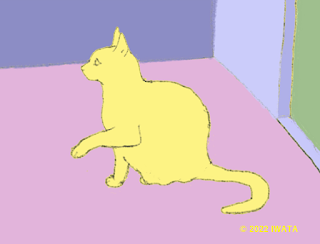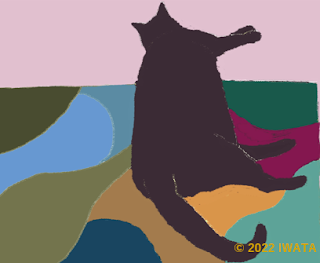注目
- リンクを取得
- ×
- メール
- 他のアプリ
Abstract: Change in Differential and Absolute Rent as an Extension of Marx’s Theory of Ground Rent to Knowledge
Recently, knowledge has become more important than ever in the modern capitalist economy. Both knowledge and land are non-reproducible production conditions that generate surplus value, which is then converted into rent. Marx formulated a rent theory encompassing Differential Rent I (DR1), Differential3000 Rent II (DR2), Absolute Rent (AR), and Monopoly Rent. Subsequently, Unoist scholars have logically reconstructed this rent theory beyond Marx’s textual interpretations. However, the primary focus of these theories is on land and agriculture. These theories of rent must be refined by considering the similarities and differences between land and knowledge. Recent Unoist scholars in Japanese Marxian economics refer to this shared characteristic as “the original powers of nature.”
Here, we present a method for analyzing Differential Rent (DR) and AR in land and knowledge. Each plot of land is fundamentally distinct; therefore, additional capital investments across various plots produce only minor variations. Since the worst plot contributes a minor proportion, the regulating condition of production consists of the worst additional investments on various superior plots. Consequently, only DR2 exists, whereas DR1 does not. AR exists so long as the landowner restricts the land’s use until DR2 reaches a threshold deemed as the minimum rent. Contrary to land, identical knowledge can be applied concurrently to multiple objects. Additionally, a piece of knowledge must be substantially distinct from others to be protected as intellectual property. The owner artificially and legally imposes restrictions on knowledge, which are not determined by nature.
Furthermore, assuming a class division between capitalists and knowledge owners, like landowners, the knowledge owner aims to have all capitalists in the sector rent the knowledge. Therefore, the knowledge owner permits its use in exchange for AR. Thus, only AR exists in the realm of knowledge, whereas DR is absent. Paradoxically, the premise of the traditional rent theory applies more to knowledge than to land. We anticipate that the concept of “the original powers of nature” and the variations in rent between and knowledge will serve as the foundation for more sophisticated analyses of knowledge in the contemporary capitalist economy.


コメント
コメントを投稿